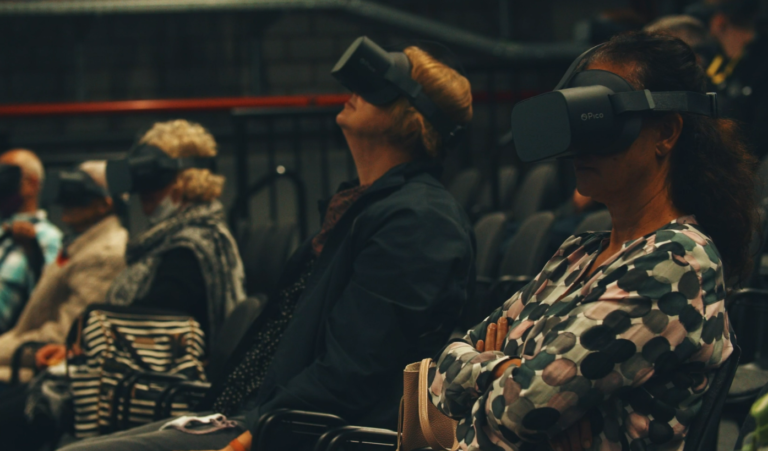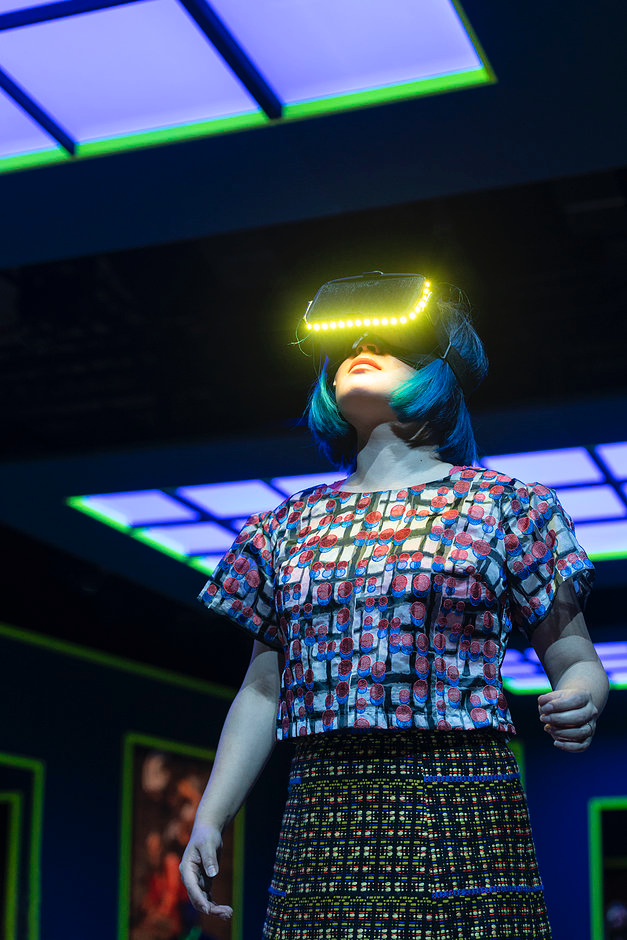
In a groundbreaking leap towards sustainability and creativity, the theatre and opera industries are embracing Virtual Reality (VR) technology to reshape the way productions are conceived, executed, and experienced. This transformative integration of VR is catalyzing environmentally conscious practices while ushering in a new era of artistic exploration.
As technology evolves, so too does the potential for sustainability. While VR’s impact depends on efficient use and responsible materials, its promise of minimizing resource consumption and fostering innovative approaches to productions is undeniable. A discernible trend is emerging, as theatres and opera houses worldwide harness VR to optimize their practices, conserve resources, and breathe new life into their performances. With technological advancements, visionary artists and producers, robust investments, public support for sustainable productions, and the creativity of theatre and opera professionals, the future of VR in these industries shines brighter than ever.
Here’s how VR is revolutionizing the world of theatre and opera:


All rights reserved | comms.projectbutterfly@gmail.com| Privacy policy